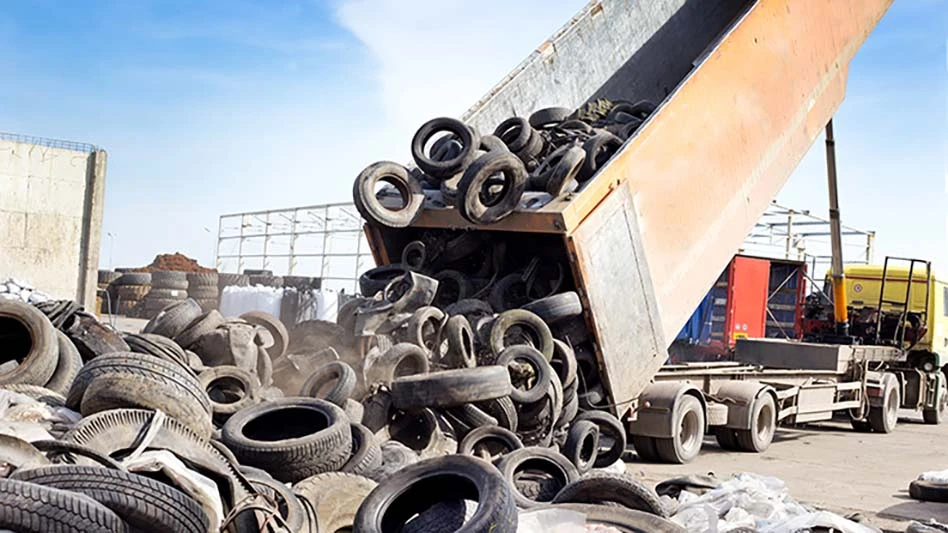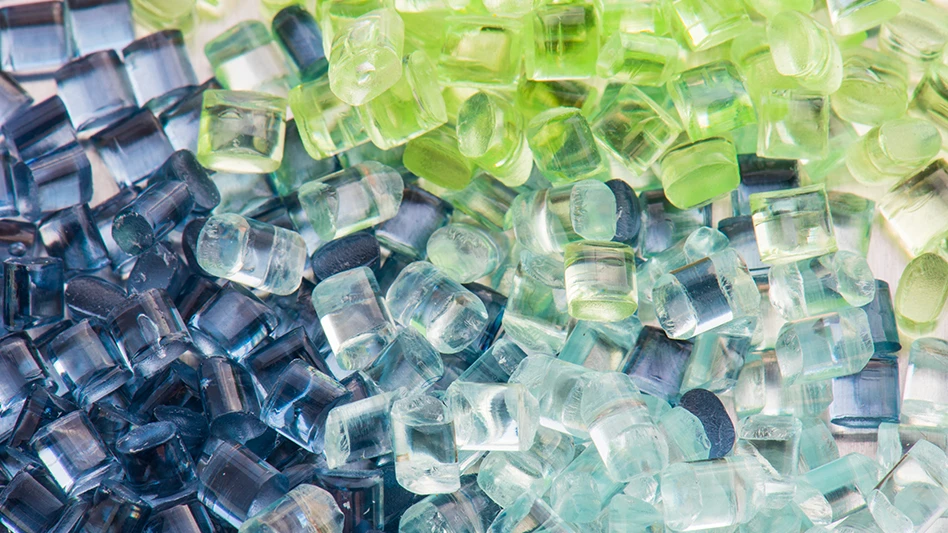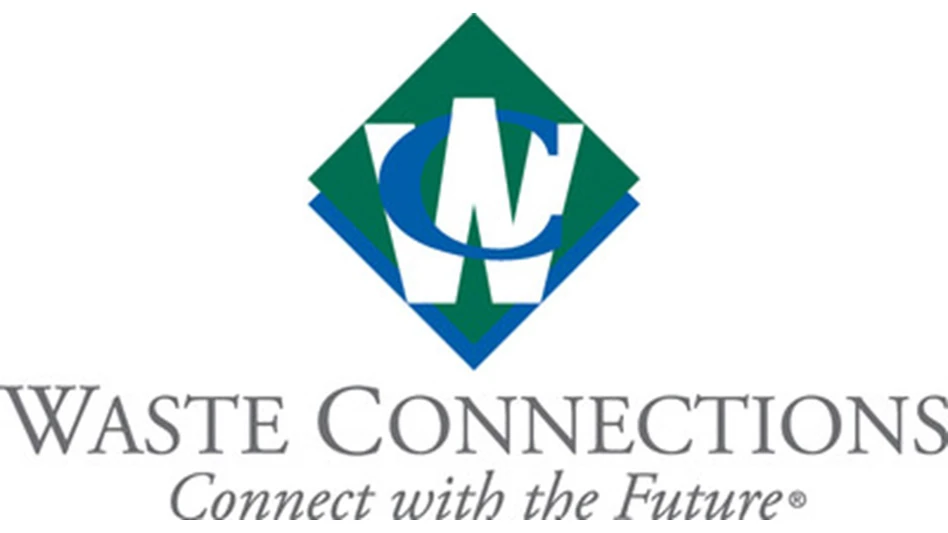
Photo courtesy of Hydro
Norwegian aluminum and energy company Norsk Hydro ASA plans to build a new wire rod casthouse at its aluminum smelter in Karmøy, Norway, to supply aluminum for use in critical energy infrastructure in Europe. The casthouse, which at 1.65 billion Norweigan kroner, or $15.7 million, is Hydro's largest investment in Norway in 10 years, is expected to start production in 2028.
“This investment will expand the capacity of wire rod to supply our customers with low-carbon solutions needed to develop and expand Europe's most critical infrastructure,” the company’s President and CEO Eivind Kallevik says. “This demonstrates that a productive aluminum industry has good growth opportunities in Norway.”
The European Union defines aluminum as a critical material, and Norway currently accounts for 40 percent of the aluminum produced in Europe, Hydro says.
The project is pending the final build decision, which will be made in the fourth quarter of 2025. The investment is included in Hydro’s annual investment plans of approximately 15 billion Norwegian kroner, or $1.4 billion.
The new wire rod casthouse will have 110,000 metric tons of annual capacity, and its completion is scheduled for the first quarter of 2028. It will produce aluminum wire for power cables in Europe.
The new casthouse will contribute to increased product flexibility in a volatile aluminum market, Hydro says, noting the automotive and building systems markets are particularly challenging. With a new wire rod casthouse, Hydro can produce more aluminum wire for a rapidly growing market.
“Europe's energy transition is about one thing, more renewable power production, and the power produced must be transported over long distances,” Kallevik says. “Aluminum is crucial for transporting electricity to where it is needed. By expanding the capacity to deliver low-carbon aluminum from Norway to the EU, we help ensure that the infrastructure, the very backbone of the future energy system, supports both Europe's security and climate policy goals.”
While a turbulent global landscape and lower industrial activity have reduced aluminum demand over the past year, Hydro says it has sold more low-carbon aluminum in recent years. In the energy transition, properties such as weight, durability and recyclability give aluminum a competitive advantage. An aluminum conductor with the same electrical conductivity as a copper conductor weighs approximately 50 percent less of a copper conductor, the company adds.
“We see in our own sales figures an increasing awareness in the market that future renewable energy must be transported with renewable materials," Kallevik says. "Despite generally weaker demand in 2024, Hydro sold more low-carbon and recycled aluminum last year than in both 2023 and our record year in 2022.
“Europe's transition from imported fossil energy to domestically produced renewable power opens an exciting market when the infrastructure behind the electrification wave is to be built. Our ambition is for Hydro to play a key role as a stable, reliable supplier of the aluminum solutions Europe needs to succeed.”
Latest from Recycling Today
- Lautenbach Recycling names business development manager
- Sebright Products partners with German waste management equipment company
- WasteExpo transitions to biennial format for enhanced experiences
- Study highlights progress, challenges in meeting PCR goals for packaging
- Washington legislature passes EPR bill
- PureCycle makes progress on use of PureFive resin in film trials
- New copper alloy achieves unprecedented high-temperature performance
- Gränges boosts profits and sales volume in Q1 2025





